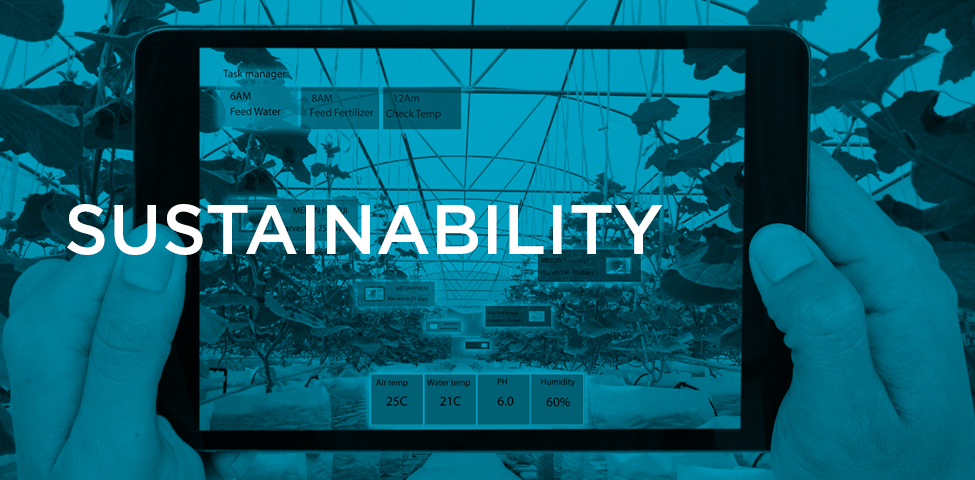

Intelligent Connectivity enables increased crop yields, crop quality and livestock management, through enhanced monitoring of soil conditions, better use of pesticides and fertilisers, improved animal welfare, and more accurate prediction of weather conditions.
Big data platforms, assisted by AI, use multiple real-time data feeds to make more informed food production decisions. Connected drones are already being used for crop spraying, land management and aerial surveillance. AI-assisted agricultural platforms will continue, through machine learning, to enable long-term improvements to production through enhanced understanding of the agricultural process.
Yields of many crop types are currently under threat due to lack of pollination; Deutsche Telecom has therefore developed connected beehives to help boost bee numbers. The Bee Corp, NimbeLink and Verizon are trialing LTE-M to connect beehives to smart AI-assisted platforms to improve management of honeybees for essential pollination of crops in California. This element of the agricultural process is vital, but all too often overlooked; connected beehives stand to boost one third of the world’s crop production.
Better management of vehicle refrigeration can then enable crops to be delivered in better condition, with longer market and shop lives. Connected vehicles increase the efficiency of crop distribution, through optimal routing and monitoring of temperature control while in transit. Restaurants can now source ingredients hyperlocally, by using connected gardens and aquaponic systems to create sustainable sources of protein and herbs.
Contact us or learn more through our partner pages www.gsma.com/IoT and www.gsma.com/futurenetworks.

Mobile operators are helping governments to reduce pollution in smart cities using predictive IoT.
Mobile IoT has enabled municipal authorities to monitor pollution levels more efficiently, by providing data from connected sensors to enable more accurate forecasting models. Real-time, AI-assisted monitoring platforms assess big data feeds to enable smarter analysis of weather and commuter information to assist town planning and help predict areas of poor air quality. This information is then used to reduce local pollution levels proactively by reducing traffic, activity on building sites or output from factories. Predictive IoT is being applied to more and more areas, such as disease control, weather and natural disaster management, and traffic optimisation in smart cities.
Uptake is already encouragingly varied and ingenious. Sidewalk Labs has announced plans to create a high-tech neighbourhood in Toronto, Quayside, which promises to combine “the best in urban design with the latest in digital technology,” including buildings that react to local weather conditions; Bill Gates has invested $80 million towards development of Belmont, a smart city in Arizona, whose plans call for autonomous vehicles and a sophisticated data hub; and FarEastTone are working with the Government of Taiwan to provide accurate pollution forecasts, achieved by AI-assisted algorithms populated with mobile data, information from remote air quality sensors and localised weather data.
Contact us or learn more through our partner pages www.gsma.com/IoT and www.gsma.com/futurenetworks.